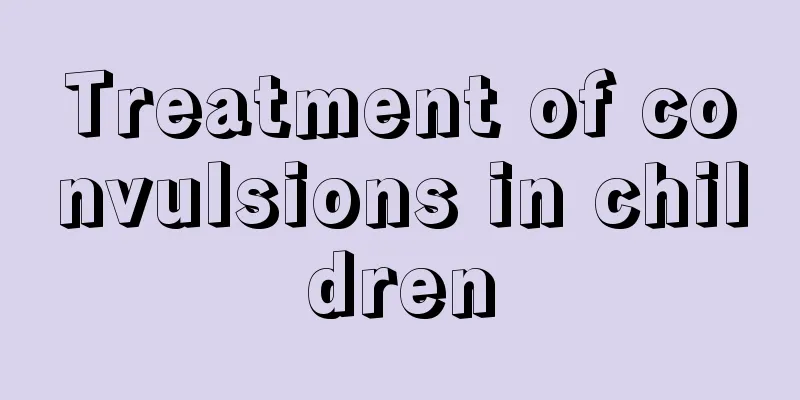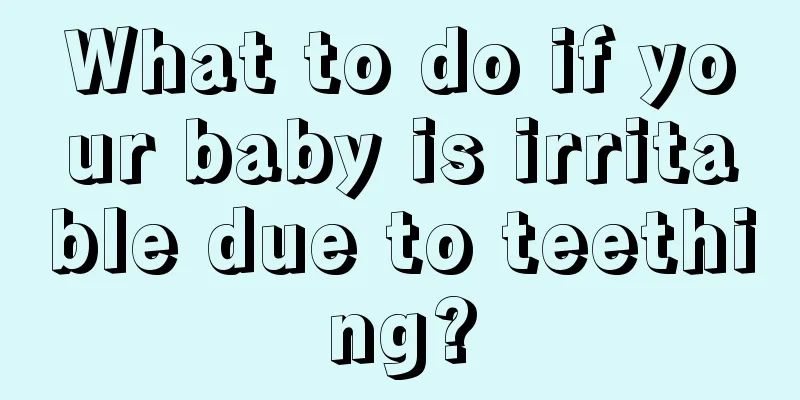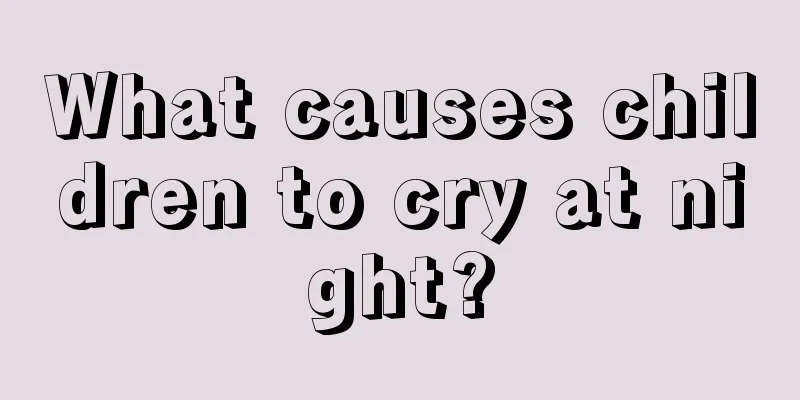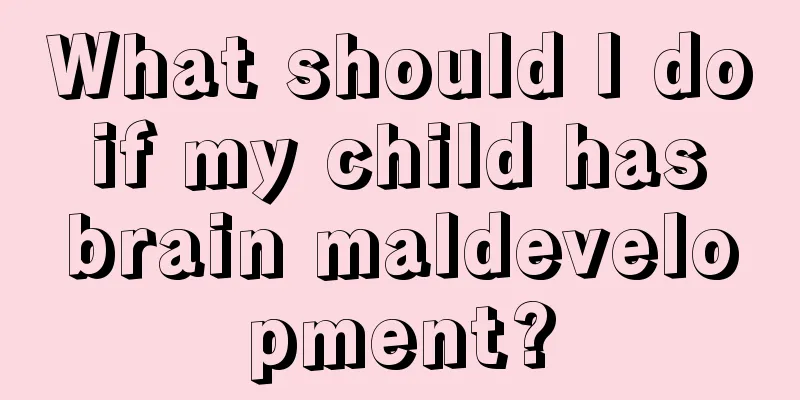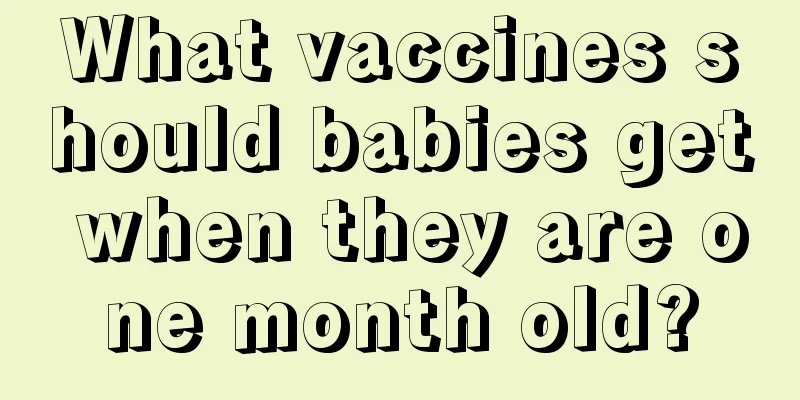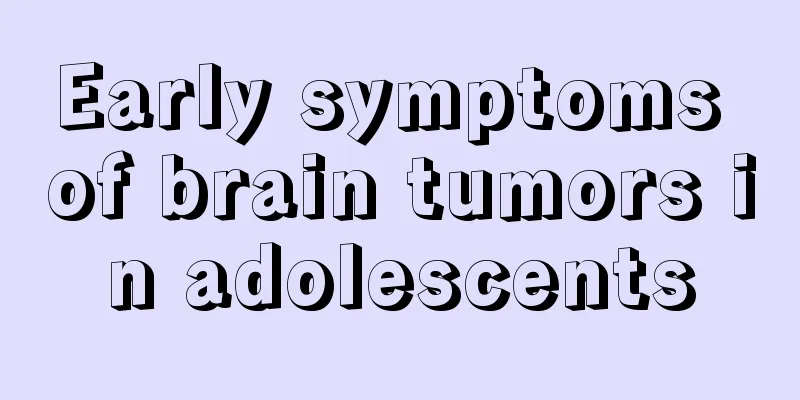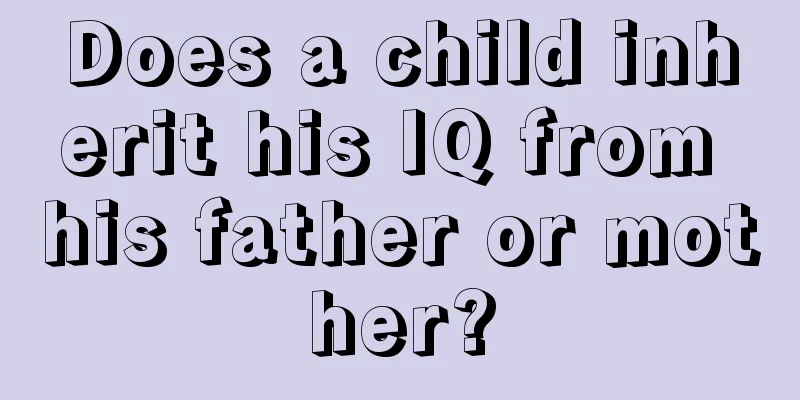Do you know how to treat hip synovitis in children?
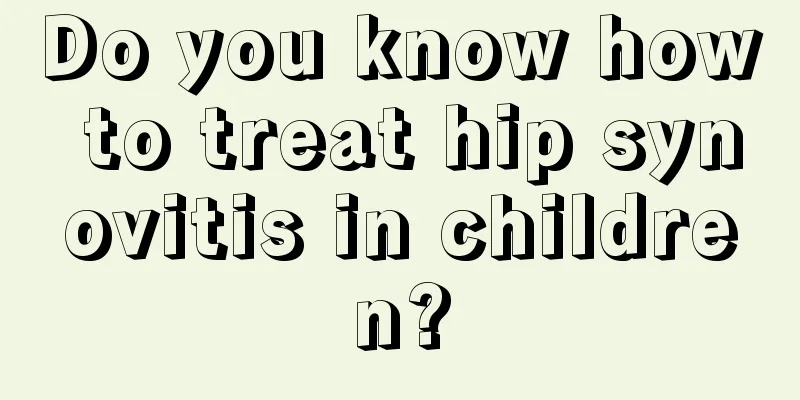
|
Hip synovitis is rare in children, but once it occurs, the impact will be relatively large, so parents should pay great attention to it, help their children find the correct treatment method, and supervise their children to do all the care work. 1. Hip synovitis is a common orthopedic disease with a slow course and no restrictions on the affected population. In recent years, many children have also suffered from this disease. The symptoms of hip synovitis are joint swelling, followed by pain, dysfunction, muscle atrophy, tenderness in the groin, limited hip flexion and adduction, slight abduction and external rotation of the lower limbs, slow limping gait, and obvious limping when walking fast. When lying flat on the bed, with the body straightened, the pelvis can be seen to be tilted, and the legs are of uneven length, with the affected limb being 0.5-2cm longer than the healthy limb. The pain worsens with active and passive adduction and external rotation of the hip. Ultrasound can be used to detect effusion and synovial lesions in the hip joint cavity. What to do with children's hip synovitis? Here is a detailed introduction: 2. The first stage is an acute onset period that lasts 1-7 days, characterized by unilateral hip pain, intermittent attacks, worsening at night, and a few children also have knee pain. But there was no obvious lameness. During this period, the main treatment methods are oral small doses of non-steroidal anti-inflammatory drugs and traditional Chinese medicine. During this period, children's activities are generally not strictly restricted. This will not only not aggravate the condition, but will be conducive to recovery. 3. The second stage is that the disease lasts for 8-40 days. At this time, the pain lasts for a longer time, there is obvious lameness, and obvious tenderness in the hip joint. Medication plus traction. In addition to drug treatment, strict bed rest is required. Skin traction can be used to pull the affected limb for about 2 weeks to relieve muscle spasms and reduce pain. After relief, you can move around in bed. After traction is removed, walking can be gradually practiced. Children with upper respiratory tract infection accompanied by fever and leukocytosis should choose antibiotics rationally under the guidance of a doctor. 4. The third stage is that the disease lasts for 40-90 days. The pain in this stage is very severe and cannot be relieved even with rest. Children may develop hip flexion, limp, or be afraid to move. In the third stage, the synovium is removed. During this period, medication and traction therapy should continue, and the traction time should be extended to 4 weeks. Surgery is performed to remove the synovium from the joint cavity to clear the inflammatory tissue. Children with avascular necrosis of the femoral head can undergo decompression treatment using small-diameter, multi-channel drilling. |
<<: How to treat children's excessive liver fire
>>: How to correctly judge phimosis in children
Recommend
How to train your baby to sleep alone?
After the age of two, children can sleep alone, b...
How many days will it take for baby's allergy to heal?
After the symptoms of allergies appear, many peop...
What should I do if my six-month-old baby has a cold or cough?
Cold and cough are very common diseases. Almost e...
What should a seven-year-old child eat if he has a cough?
When a child has a cough, many parents will be pa...
What should I do if my child has a stomach upset? It is important to learn these methods!
Children's digestive system functions are not...
Why do children sweat when they sleep?
If a child sweats while sleeping, he is not only ...
Why does the baby cry suddenly when sleeping at night?
Crying is a baby's nature, and if the baby do...
What are the early symptoms of hepatitis in children?
Pediatric hepatitis makes parents more worried. A...
What causes pain behind my child's knee?
Children are innocent and romantic and will not t...
What should I do if my child is too stubborn?
Children are not only very naughty in life, but a...
What to do if your baby has otitis media
Otitis media is a common symptom in early childho...
What time is best for children to go to bed at night?
Nowadays, many young parents are prone to late sl...
Several major hazards of eating chocolate for children
I believe everyone is familiar with chocolate. Ch...
Treatment of a child with a fever of 39.6
Children are very prone to getting sick, so you m...
What are the early symptoms of asthma in children?
Children with asthma are prone to attacks if pare...
